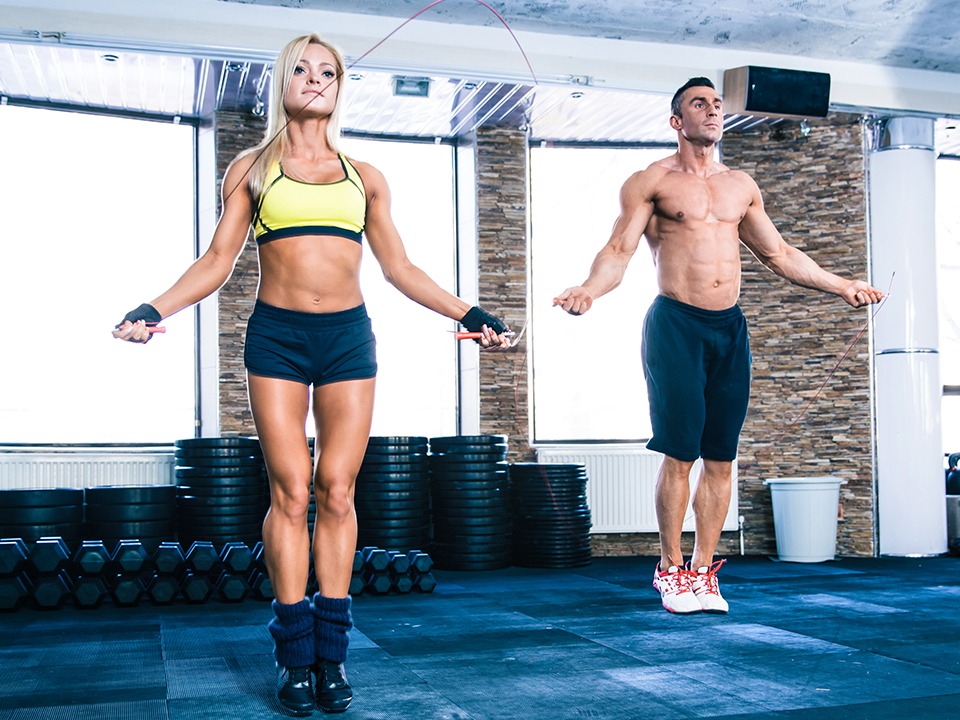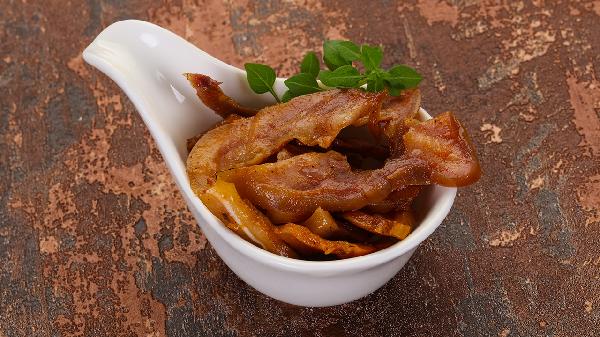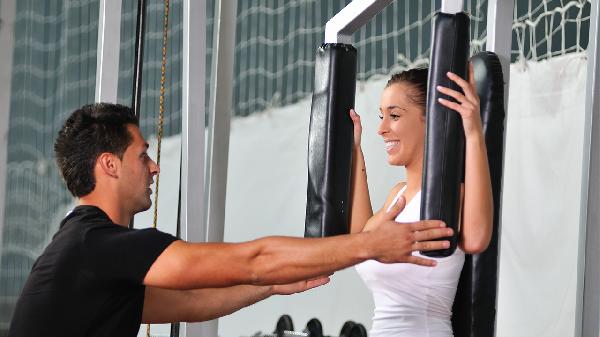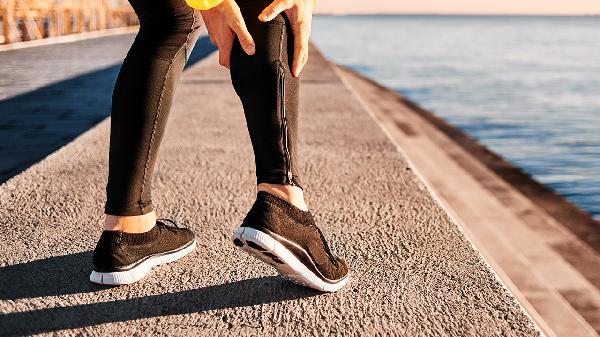If you're looking to beef up those forearms, you're in the right place. Bigger forearms aren't just about looking jacked—they're crucial for grip strength, functional fitness, and even preventing injuries. The good news? You don’t need fancy equipment or a PhD in kinesiology to make gains. A few targeted exercises, some consistency, and maybe a little sweat (okay, a lot of sweat) will get you there. Let’s break down the best moves to turn those twigs into tree trunks.

Forearms are the unsung heroes of upper-body strength. Think about it—every time you lift, pull, or carry something, your forearms are working overtime. Weak forearms can bottleneck your progress in lifts like deadlifts, rows, and even bench press (yes, grip fatigue is real). Plus, well-developed forearms just look awesome—no sleeve can contain that kind of power. Whether you're a rock climber, a weekend warrior, or just someone who wants to open stubborn pickle jars like a boss, forearm training is non-negotiable.
Forearms are stubborn—they adapt fast, so you’ve gotta keep ’em guessing. Switch up your grips (overhand, underhand, neutral, pinch) to hit all the muscles: the brachioradialis, flexors, and extensors. No, you don’t need to memorize those terms—just remember that variety = growth. If you’ve been doing the same wrist curls since high school, it’s time to level up.
Simple but brutal. Grab the heaviest dumbbells or kettlebells you can hold (start light if you’re new), and walk. Focus on squeezing the handles like they owe you money. Aim for 30–60 seconds per walk, or until your fingers scream for mercy. Pro tip: Use fat grips or towels to thicken the handles—this forces your forearms to work even harder. Bonus? Your traps and core will get in on the action too.
Bicep curls’ tougher cousin. Use an overhand (palms-down) grip on a barbell or dumbbells, and curl the weight while keeping your elbows pinned to your sides. The brachioradialis (that meaty muscle on the thumb side of your forearm) will light up like a Christmas tree. Keep the reps slow and controlled—no cheating with momentum. Try 3–4 sets of 10–12 reps, and thank us later.
This medieval-looking tool is a forearm killer in the best way. Attach a weight to a rope tied to a stick (or buy a wrist roller), roll the weight up and down, and feel the burn. It’s like a cardio session for your forearms. Do 2–3 sets per direction (rolling toward and away from you), and don’t be surprised if your hands cramp—it’s part of the process.
Grab two weight plates (smooth sides out) and pinch them together with your fingertips. Hold for time (start with 20–30 seconds) or walk around like a waiter carrying weird, heavy trays. The goal? Don’t drop ’em. This nails the often-neglected thumb muscles and builds insane pinch strength—key for rock climbers or anyone who wants a vise-like grip.
Find a pull-up bar and hang. That’s it. But don’t underestimate this move—it builds endurance and stretches those forearm muscles. Aim for cumulative time (e.g., 1–2 minutes total per session), and mix grips (overhand, underhand, towel-grip) to keep it fresh. If you can hang for a full minute without crying, you’re ahead of most gym-goers.
You don’t need to train forearms every day—2–3 times a week is plenty. They’re already getting work from other lifts, so overdoing it leads to tendonitis (aka “why does my wrist hate me?”). Pair forearm work with pull days, or tack it onto the end of any workout. And listen to your body: If your grip fails during deadlifts, maybe skip the wrist roller that day.
Forearm growth isn’t instant, but with these moves, you’ll start noticing changes in a few weeks—stronger grip, more vascularity, and maybe even a few impressed glances at the gym. Stay patient, stay consistent, and soon enough, you’ll be cracking walnuts bare-handed just for fun.
























